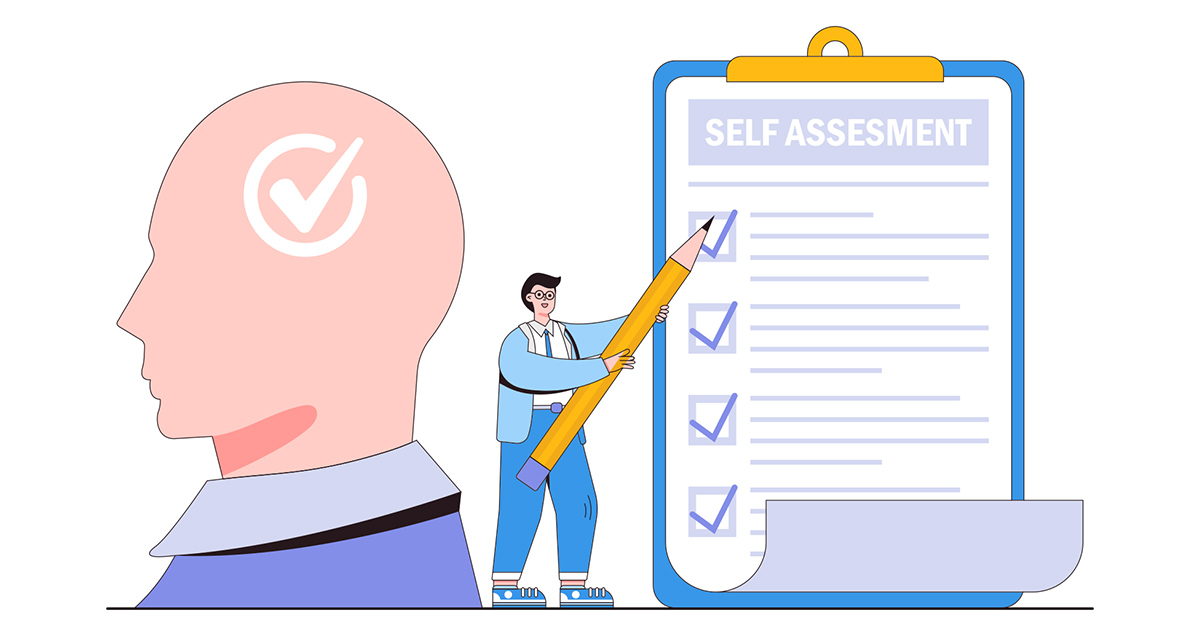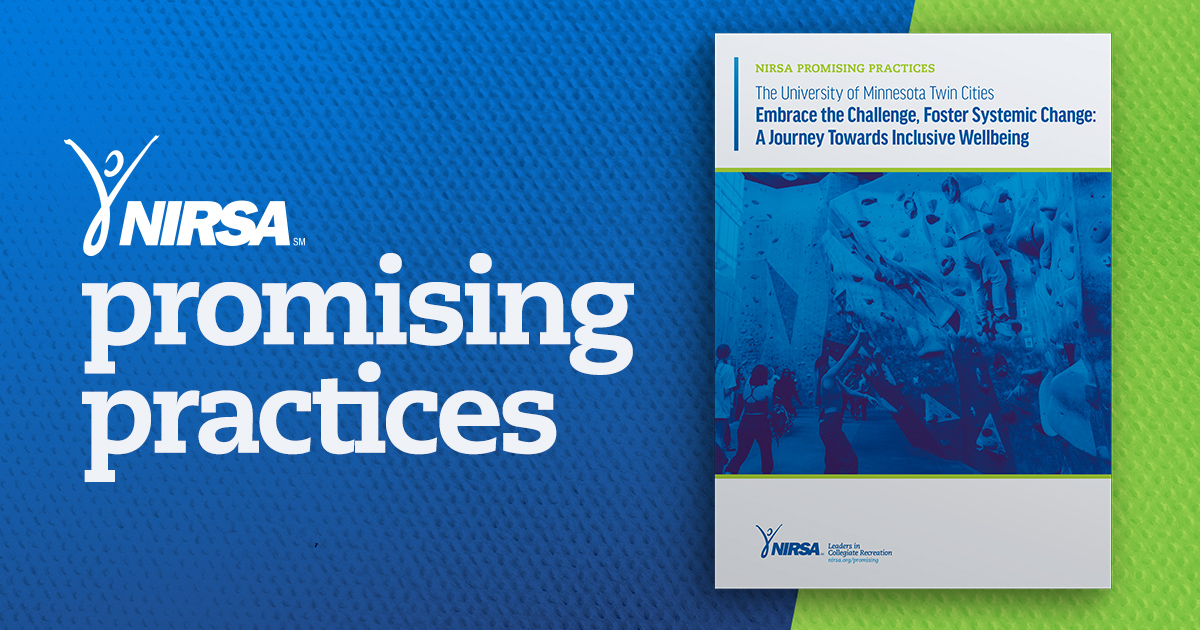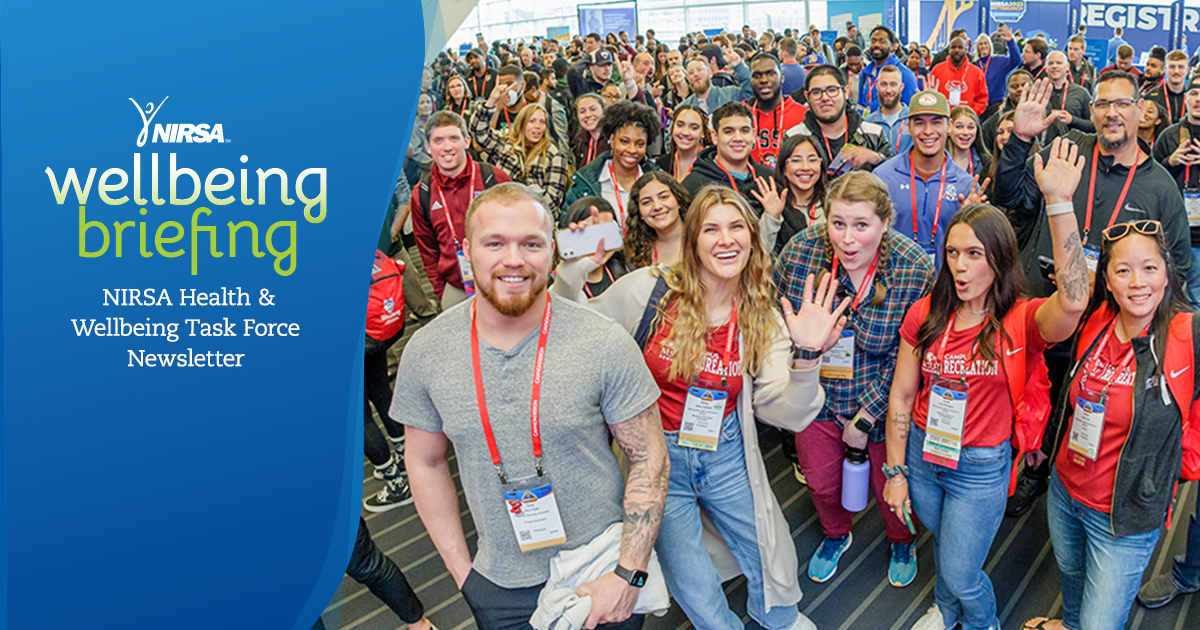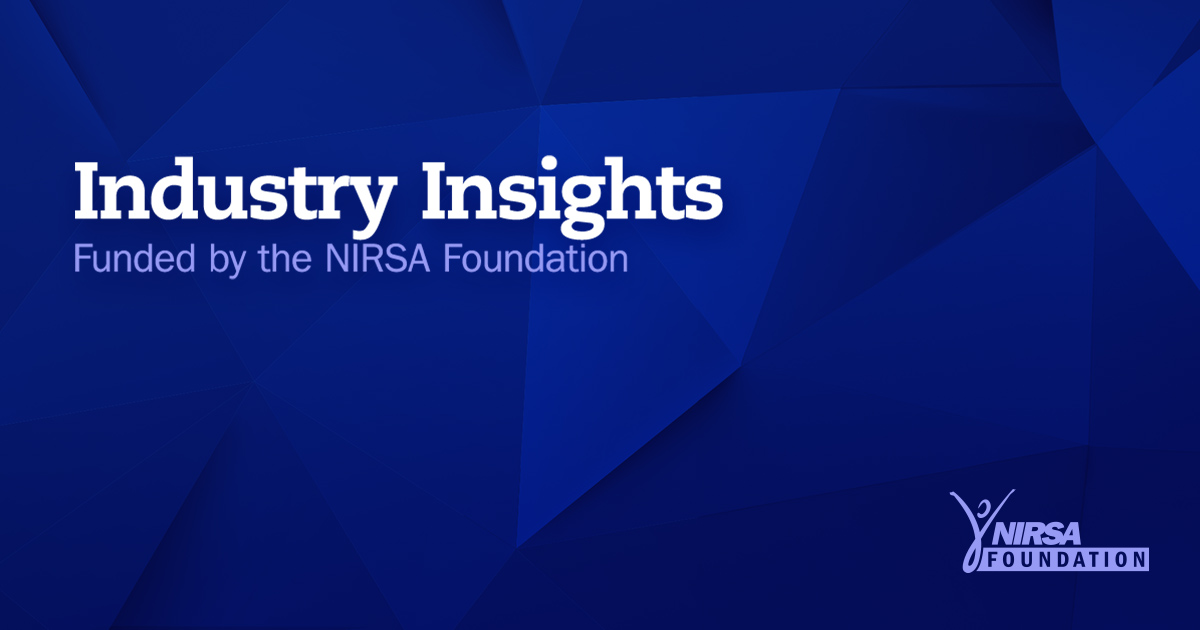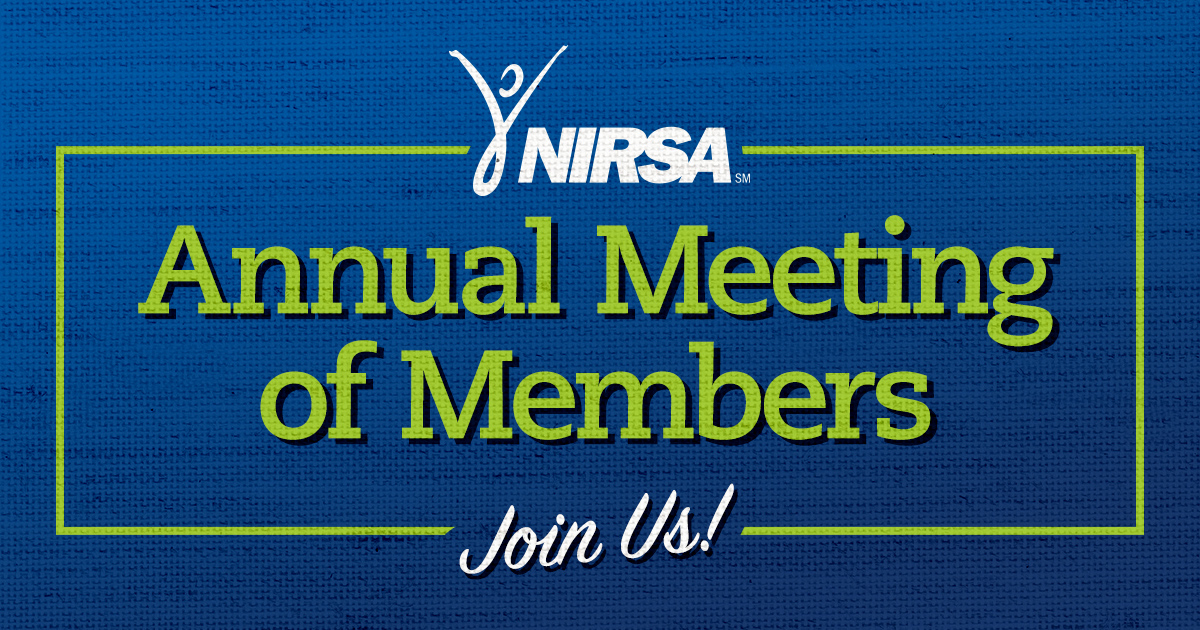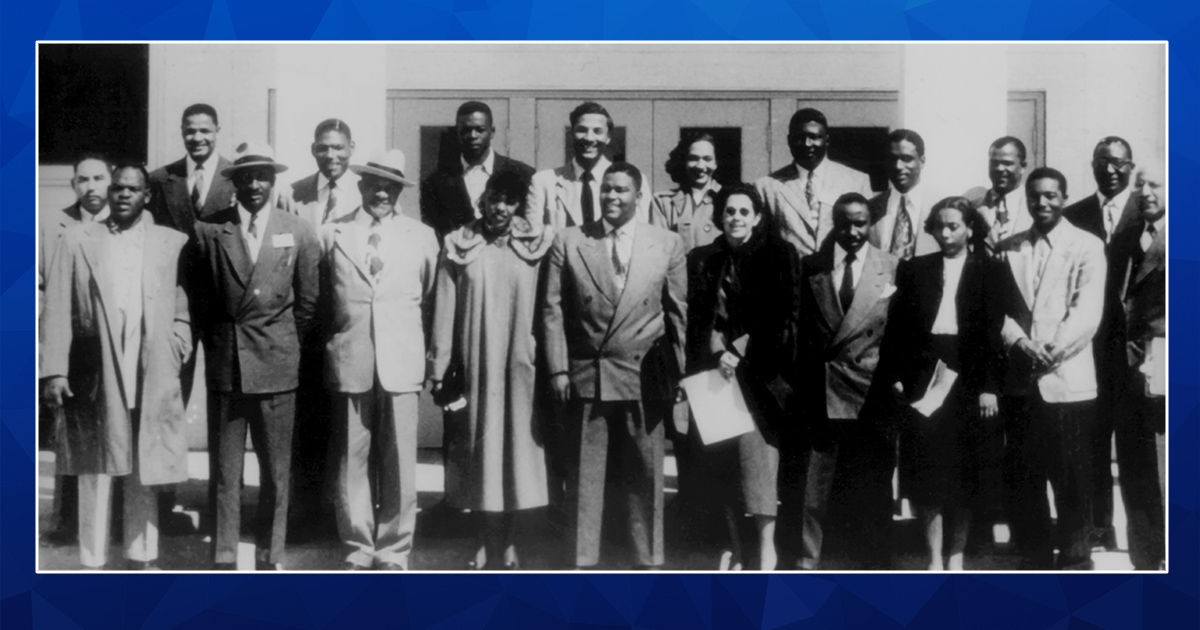A strong culture of wellbeing in the workplace leads to greater personal wellness and work performance. The NIRSA Wellbeing Briefing Work Group invites you to use this table below as a guide to help you evaluate whether you are experiencing a culture of wellbeing in your current workplace.
If you answer “yes,” reflect on examples of how this culture of wellbeing is displayed and supported at your place of work. If you answer “no,” consider how you might contribute as an individual to promoting a culture of wellbeing at work.
|
Behaviors |
Description |
Yes/ No |
If yes, list two examples |
List one strategy or resource you can control that might help improve this area |
|
My department has established norms that promote a culture of connection. |
|
|||
|
My department has encouraged me to make time for my own health/wellbeing. |
|
|||
|
My department provides me with leadership and development opportunities. |
|
|||
|
My department fosters a collaborative and team-building environment. |
|
|||
|
My department demonstrates appreciation and constant recognition of its employees. |
|
Learn more
This resource was developed by the NIRSA Wellbeing Briefing Work Group using the following source materials:
- Gallup’s Employee Engagement Survey: Ask the Right Questions With the Q12® Survey
- A sense of belonging is crucial for employees. How employers can foster connection and social support
- Campus Recreation Essentials: Competencies for Student Employees
If you are looking for more wellbeing resources and support from NIRSA, be sure to check out the Recreation for Wellbeing page.
- For more information, please contact NIRSA Director of Advocacy & Strategic Partnerships Erin O’Sullivan.
The Wellbeing Briefing Work Group works in conjunction with the NIRSA Health & Wellbeing Task Force. The work group is responsible for putting together the Wellbeing Briefing and currently includes Lindsay Brookey (Co-chair), Assistant Director, Fitness at North Carolina State University, Lisa Williamson (Co-chair), Associate Director for Fitness, Well-being & Student Engagement at the University of Georgia, Lauren Arnoff, Assistant Director of Campus Recreation and Wellness at Rensselaer Polytechnic Institute, Leah Bank, Senior Coordinator, Fitness and Wellness at California State University, Bakersfield, Agnelia “Tiffany” Hernandez, Coordinator of Assessment at Texas Southmost College, Muriel Hyndman, Fitness Coordinator at Iowa State University, Trey Knight, Assistant Director, Student Aquatic Center & Outdoor Pursuits at the University of Knoxville, Jake Minnis, Assistant Director of Fitness & Wellness at the University of Arizona, and Kristin Traskie, Interim Associate Director of Health Promotion at Michigan State University.

